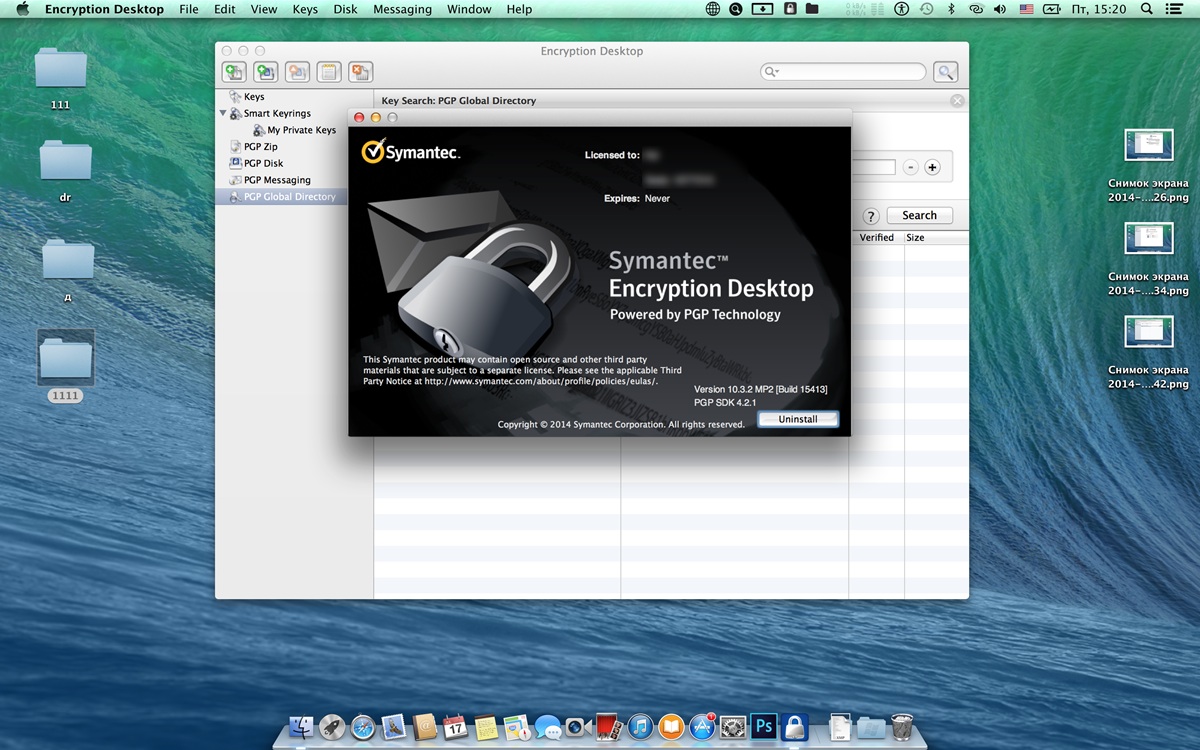

- #SYMANTEC ENCRYPTION DESKTOP IMPORT PRIVATE KEY PASSWORD#
- #SYMANTEC ENCRYPTION DESKTOP IMPORT PRIVATE KEY ZIP#
Instead, better issue a third party revocation, which will not be considered valid (as your old key does not list your new key as allowed revoker), but hopefully all relevant OpenPGP clients will issue a warning message on something being fishy (GnuPG does). Putting a note in other keys' user ID will not really help (people probably won't even read it), but at the same time be visible forever to people looking at your keys. You can't really do anything to notify others throughout the key server network about your old key being lost.

It's unlikely you mess up you working copy, backup AND this paper copy not in your house at the same time. Put it in a safe place, for example a safe deposit box or simply with some trusted family member or friends. Apart from having the revocation certificate in the backup you already configured before, consider printing one (QR codes are handy for reading it again). If you use GnuPG 2.1 (or newer), a revocation certificate will automatically be generated, otherwise do so manually.to import an exported secret key into ancient OpenPGP implementations. Now (and not before) you're ready to perform any kind of work on your computer, no matter whether it involves OpenPGP keys or not. This is for command line compatibility with PGP 2 and has been removed in gpg2. Verify whether your backup is really working by restoring and comparing its contents.Do it now, or you'll likely never do it (on one hand because you're " that kind of guy", and on the other hand because this probably matches most people). One, that will not fail if you format the wrong drive (because you forgot to unplug the backup disk). I'd change the order of things to do a little bit, though.
#SYMANTEC ENCRYPTION DESKTOP IMPORT PRIVATE KEY PASSWORD#
The only option is an ASC file, which is not password protected.
#SYMANTEC ENCRYPTION DESKTOP IMPORT PRIVATE KEY ZIP#
You can't change the old keys any more, you already realized that, so I'll skip that discussion. I have Symantec Encryption Desktop and I want to export my private key. Select File > New > PGP Zip to open the PGP Zip Assistant window.


 0 kommentar(er)
0 kommentar(er)
